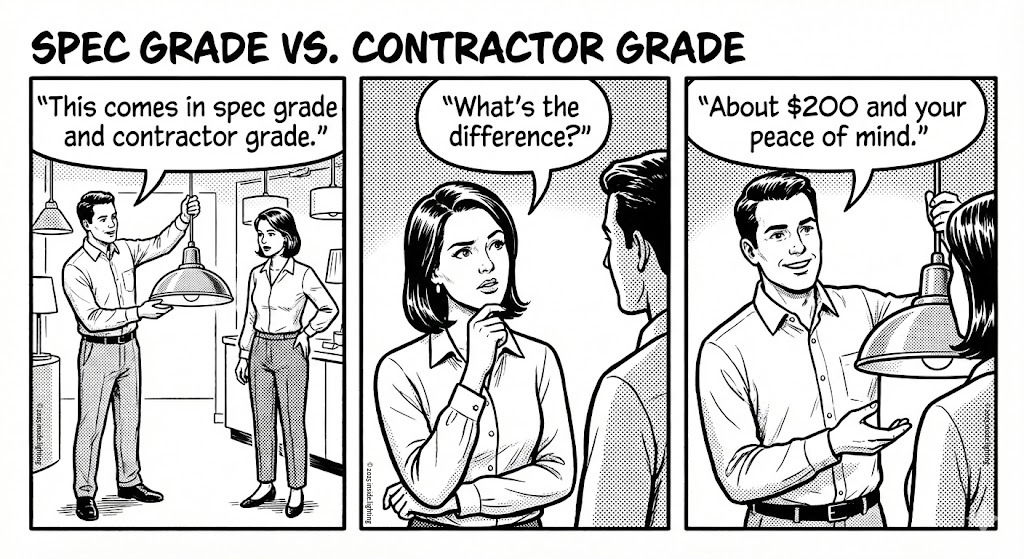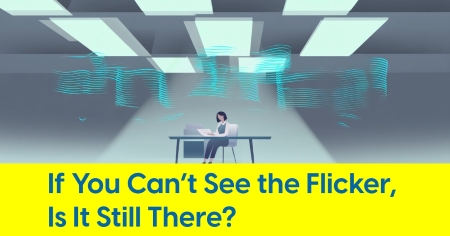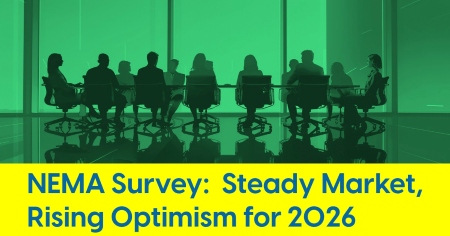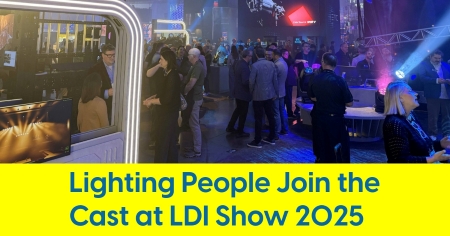March 11, 2025
Light Pollution Laws Are Failing. Here’s Why.

Research reveals why even the strongest light pollution regulations aren’t solving the problem
On paper, the battle against light pollution should be an easy win. Unlike carbon emissions or industrial waste, electric light is controllable, adjustable — something cities and businesses can dial up or down at will. And yet, despite mounting evidence that excessive illumination harms human health, wildlife, and even national energy grids, meaningful regulation remains fragmented, inconsistent, and, in many cases, nonexistent.
A recently published study, Light Pollution Control: Comparative Analysis of Regulations Across Civil and Common Law Jurisdictions, exposes the deep contradictions in how global cities approach this issue. Shanghai and Seoul impose strict limits on brightness, curfews, and even the color spectrum of LED billboards. Meanwhile, London and New York rely on decades-old nuisance laws that place the burden of proof on the very people suffering from excessive electric light.
And then there’s the paradox at the heart of the debate: even the most aggressive light pollution policies aren’t necessarily solving the problem. Seoul saw a sharp drop in complaints after enacting its 2010 light pollution law, but just a few years later, complaints surged back to their original levels.
The study suggests that businesses forced to dim their storefront displays simply found new ways to work around the restrictions. Meanwhile, Shanghai, often cited as a leader in light pollution regulation, enforces a strict 5-lux limit in some areas, yet research suggests that even these "controlled" levels are significantly higher than what’s biologically optimal for sleep cycles and nocturnal ecosystems.
The uncomfortable truth is that lighting regulation — when it exists at all — tends to lag behind science. While many laws focus on brightness as the primary metric for control, the study notes that spectrum matters just as much, if not more. In Shanghai, for example, blue light from digital billboards is restricted to just 17% of the brightness allowed for green LEDs, a recognition that blue-heavy lighting is particularly disruptive to human and animal circadian rhythms. But in most cities, spectral controls aren’t even on the regulatory radar.
The Power of Policy — or Lack Thereof
The study also highlights how legal frameworks determine whether light pollution regulations are even enforceable. Civil law jurisdictions, like those in Shanghai and Seoul, tend to introduce dedicated, metrics-based legislation that allows regulators to set clear limits on brightness, curfews, and even repair schedules for outdoor fixtures.
Common law jurisdictions, on the other hand, often rely on more flexible — but weaker — “bolt-on” regulations added to broader environmental or nuisance laws. The result? In London, electric light is legally considered a “nuisance” rather than a pollutant, making enforcement largely reactive. Regulators can only intervene after someone proves that excessive light has caused demonstrable harm, such as loss of sleep or diminished property value.
Even where laws do exist, they often contain loopholes large enough to drive an LED high mast light through. Valletta, a city in Malta, has some of the strictest lighting color temperature controls in Europe, capping outdoor lighting at 3000K to reduce the impact of blue-rich light. But the law exempts advertising displays and government buildings — two of the most common sources of excessive nighttime illumination. Similarly, New York’s light pollution ordinance only applies to state-owned properties, leaving private developers free to install high-intensity LED façades with virtually no oversight.
The Numbers That Should Be Driving the Debate
Beyond the familiar conversations about skyglow and sleep disruption, the study uncovers more precise and, frankly, more alarming data on the real-world effects of unchecked electric light:
- Electrically lit areas are expanding at an annual rate of 2.2% worldwide, with satellite data showing a 49% increase in global light emissions from 1992 to 2017. This figure doesn’t even account for blue-rich LED lighting, which is harder to detect via satellite and may have increased global radiance by as much as 270%.
- In Hong Kong, the nighttime sky is now more than 1,200 times brighter than natural levels, far exceeding the standards set by the International Astronomical Union.
- Research from Austria has linked light pollution to increased odds of prolonged labor and preterm delivery, suggesting that the problem extends beyond sleep disruption to fundamental biological processes.
- In Shanghai, the city's strictest light pollution zone mandates a zero-lux limit on residential windows — meaning that, in theory, no electric light should reach indoor spaces. Yet even in these areas, ambient light levels often exceed natural conditions by a factor of 100.
The study also raises an intriguing point about economic and cultural resistance to regulation. Areas with higher GDP and population density consistently experience more light pollution, but not just because of urban growth. There’s a deeper social expectation at play — one that links brightness with economic activity, security, and civic prestige. This may explain why some of the most highly regulated cities are also the worst offenders.
What Comes Next?
The study doesn’t offer a single solution to light pollution, but it does point to a few critical gaps that must be addressed.
First, most cities still lack a clear legal distinction between necessary and excessive electric light. While Shanghai and Seoul have made progress in defining hard limits, most other jurisdictions are stuck in a reactive mode — addressing complaints rather than proactively shaping urban lighting policy.
Second, regulators are still measuring the wrong things. Many laws focus on reducing brightness but fail to address spectral composition, temporal controls, or cumulative exposure. Future regulations should prioritize spectral tuning — limiting blue-rich light in favor of warmer, less biologically disruptive tones.
Finally, enforcement remains the biggest challenge. The presence of a regulation means little if businesses and municipalities can easily ignore it. Even in highly regulated cities like Seoul, the fact that complaints about light pollution surged just a few years after laws were enacted suggests that compliance is uneven at best.
In the end, the fight against light pollution isn’t just a battle over lumens or lux levels. It’s a test of whether modern cities can rethink their approach to illumination in a way that balances visibility with responsibility. And right now, most places are still getting it wrong.










